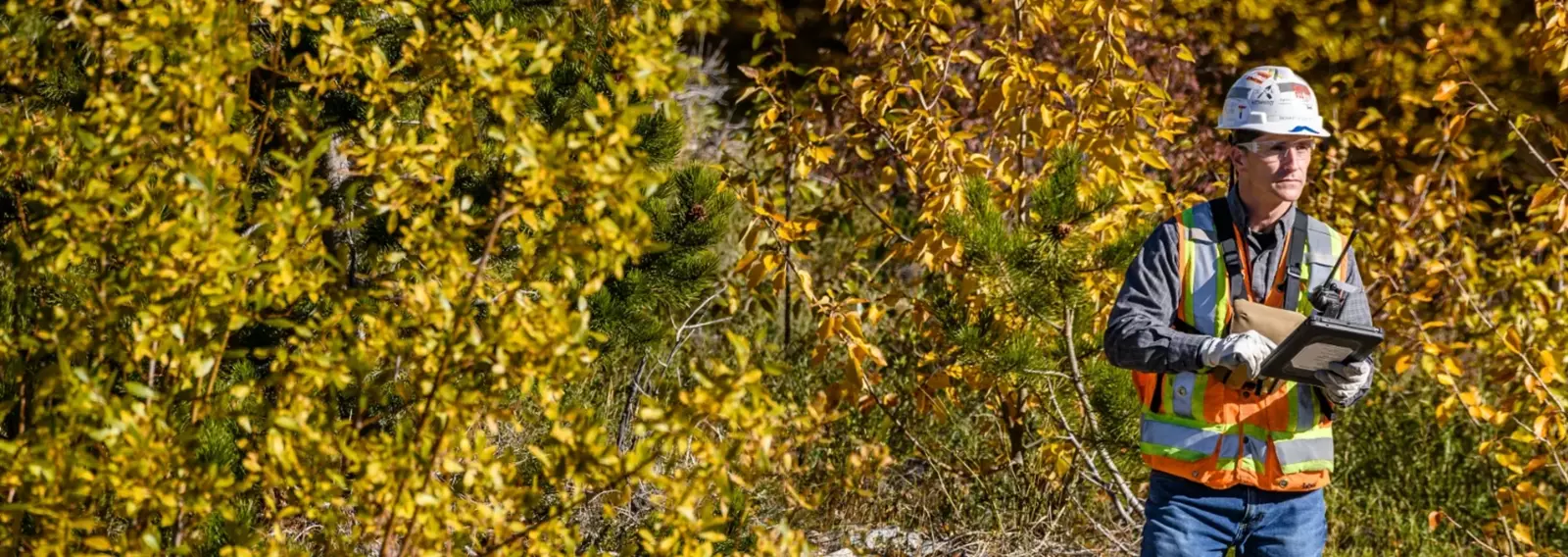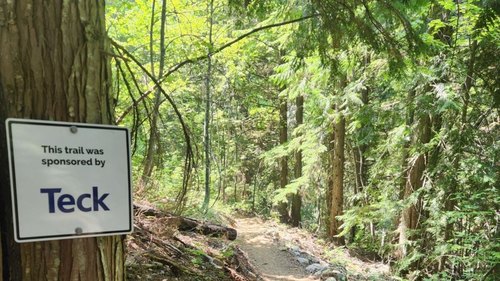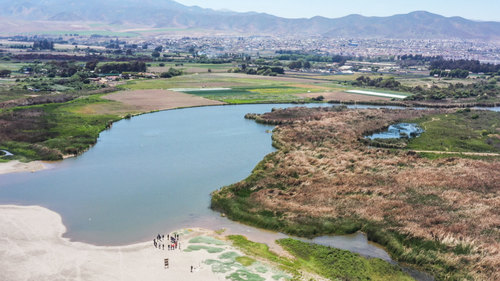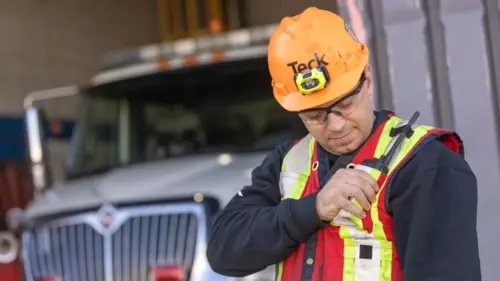We established our first sustainability strategy close to a decade ago, setting out long-term goals to drive improved sustainability performance across our activities. In 2020, we updated our strategy to reflect changing global expectations and position Teck for the future. Our new sustainability strategy has eight strategic themes: health and safety, climate change, circularity, our people, tailings management, water, biodiversity and closure, and communities and Indigenous Peoples.
Our strategy is integrated into decision-making by embedding it into management standards, compensation and into corporate, site and employee annual plans and objectives. Throughout the year, our senior management team and the Safety and Sustainability Committee of the Board review performance against our sustainability strategy and approve future actions.
Moving forward, we are focused on achieving our sustainability goals while managing emerging risks and embracing opportunities that increase our competitiveness and contribute to sustainable development.












